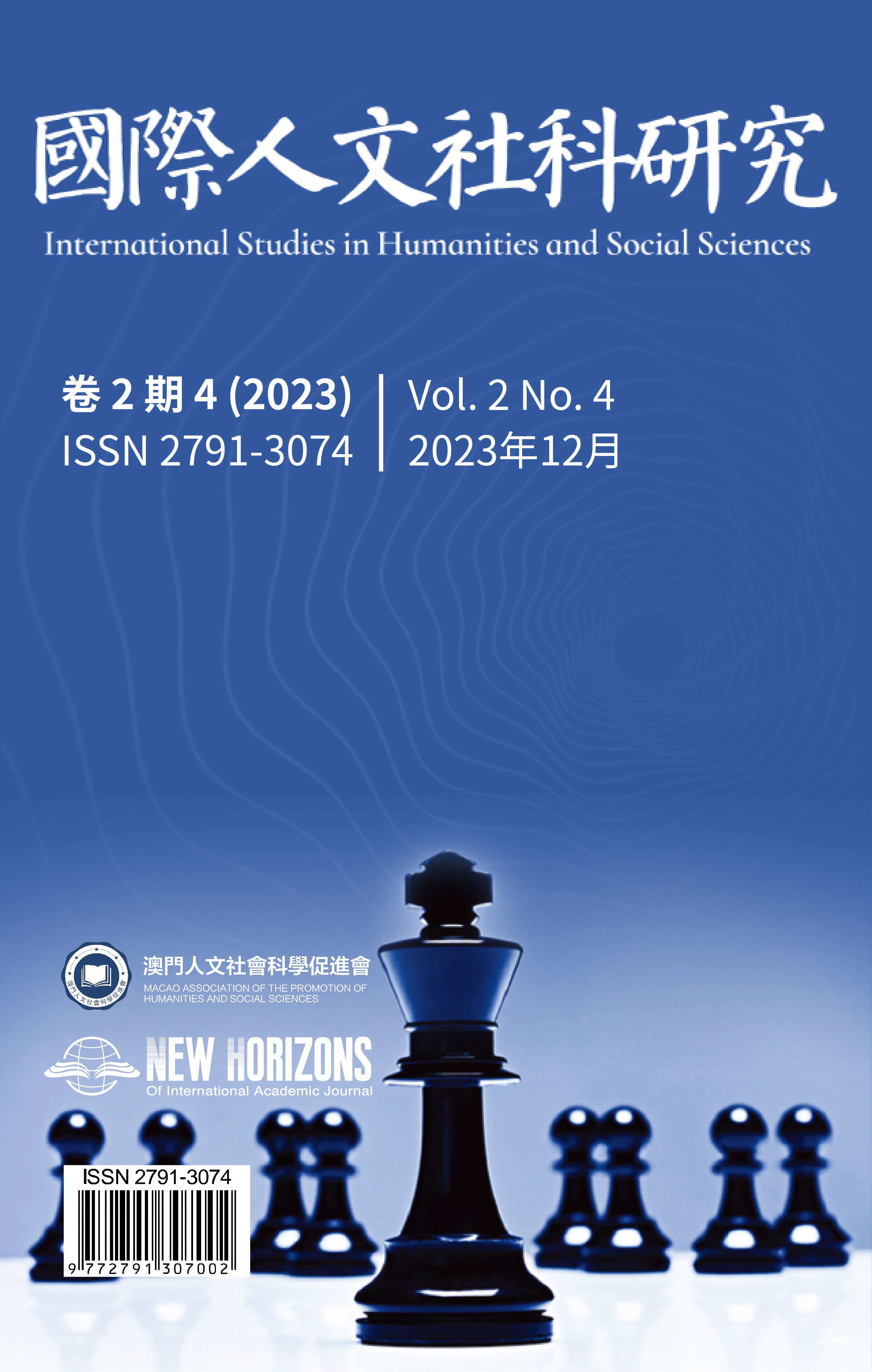Statistical Analysis and Industries in Guangdong and Zhejiang
DOI:
https://doi.org/10.63944/y1cndz45Keywords:
Principle component analysis ;industry development ;comprehensive evaluation.Abstract
Industry is the foundation of economy. Economy in Zhejiang province has beendeveloping at a high speed since China’s economic reform and opening up. Economic growth is the top priority. Zhejiang has developed a path of reform and innovation with its own characteristics, which is a path of enriching people’s wealth and strengthening the economy of the province by enforcing coordinated economic and social development. In recent years, Guangdong has adhered to the general principle of seeking progress while maintaining social stability. In addition, Guangdong has efficiently coordinated the epidemic prevention along with economic development by effectively responding to the impact of unexpected factors. The agricultural ecology in Guangdong is at high level. Not only fixed assets investment structure in Guangdong is optimized, but also the investing market of Guangdong is stable and prosperous. During the high-quality economic growth in Guangdong province, both new achievements and the overall social development have been achieved, which makes Guangdong undoubtedly the number one province in China in terms of economic development level such as total economic output and provincial fiscal revenue. However, Guangdong’s economic achievements are too concentrated in the Pearl River Delta region, which creates social gap among different cities in the province. In contrast, Zhejiang is in the leading position in terms of wealth per capital.
This paper compares Guangdong and Zhejiang by comparing major industries in the two provinces. This paper uses principal component analysis to study the development of major industries in Guangdong and Zhejiang in the past three years. Moreover, Python language is applied to visualize the results of analysis on the maps by combining traditional analysis model of statistics with principle component analysis. What is more, a comprehensive evaluation as well as analysis system will be established based on the research results. In addition, this paper will analyze economic structures and industrial development levels between the two provinces to find out scientific methods to develop economy.
References
[1] 宋 云 娟 . 基 于 Python 的 数 据 分 析 可 视 化 探 索 与 实 践 [J]. 信 息 与 电 脑 ( 理 论版 ),2022,34(17):46-48+52.
[2] 陈楚祥 . 高新技术产业发展空间统计分析与综合评价系统研制 [D]. 暨南大学 ,2015.
[3] 王 术 . 我 国 农 村 居 民 人 均 消 费 支 出 的 主 成 分 分 析 [J]. 安 徽 农 业 科学 ,2013,41(29):11866-11867+11877.
[4] 潘佳祥 , 董傲坤 , 鲍一丹 . 基于主成分分析与因子分析的开放式公募基金评价模型 [J].全国流通经济 ,2021(31):142-144.
[5] 李满 . w[D]. 中共广东省委党校 ,2022 邓曲恒 , 张午敏 . 产业体系现代化赋能浙江共同富裕建设 [J]. 观察与思考 ,2022(06):107-112.
[6] 王强 , 崔磊 , 陈露 . 山东省制造业重点企业发展规律 、 问题及建议——兼与广东 、江苏 、 浙江三省的比较 [J]. 山东工业技术 ,2022(02):3-11.
[7] 陆雨澜 . 浙江省规模以上工业企业竞争力提升问题研究 [J]. 中国商论 ,2021(02):124-127+131.
[8] 赵峰 , 王要武 , 金玲 , 李晓东 .2022 年上半年全国建筑业发展统计分析 [J]. 建筑 ,2022(17):14-19.
[9] 张敏 . 高新技术产业的财税扶持及政策思考 [J]. 中国集体经济 ,2022(20):92-94.7
[10] 沈思妤 . 江苏省企业所得税减免效益的综合评价——主成分分析法的应用 [J]. 对外经贸 ,2022(12):91-94.
[11] 郭 海 涛 , 蒋 琳 .Python 中 实 现 地 图 数 据 可 视 化 [J]. 电 脑 编 程 技 巧 与 维护 ,2018(09):105-107.










